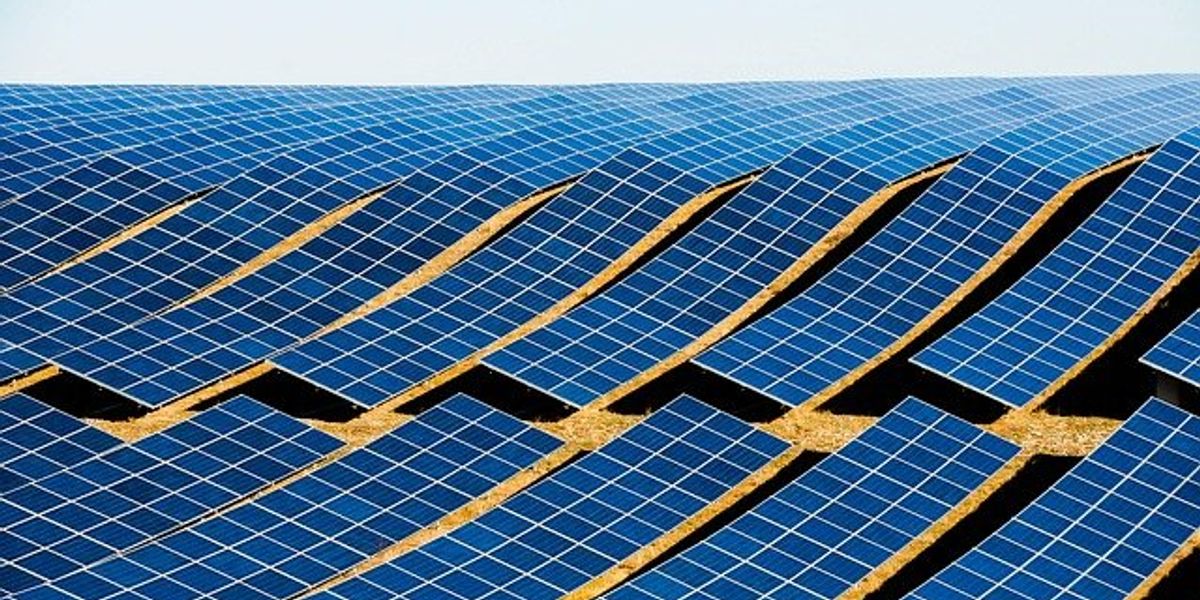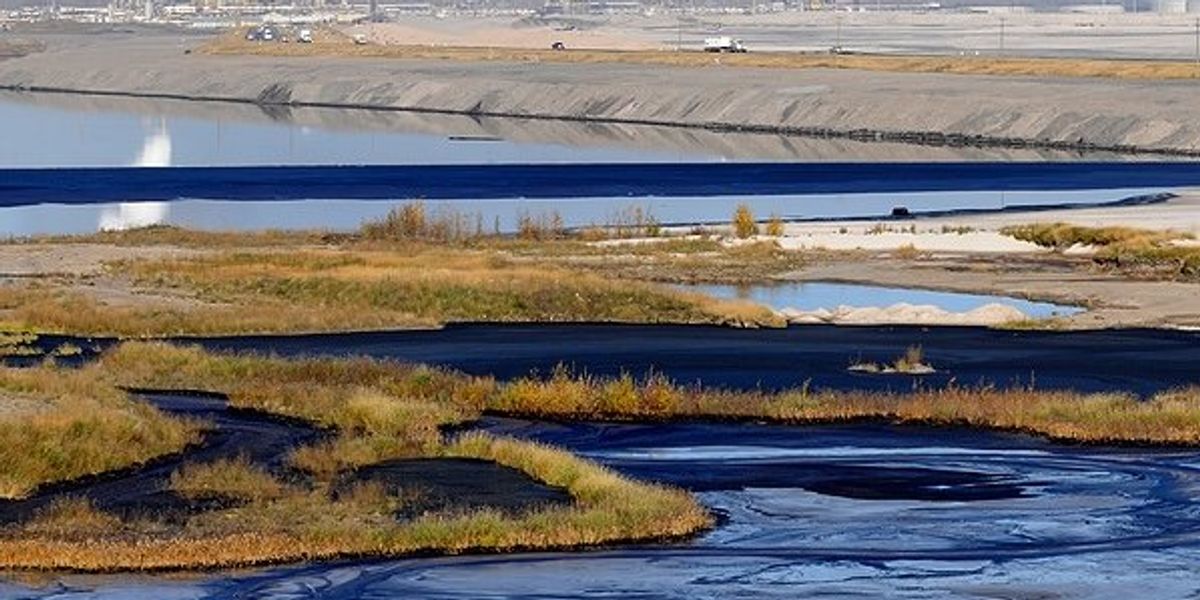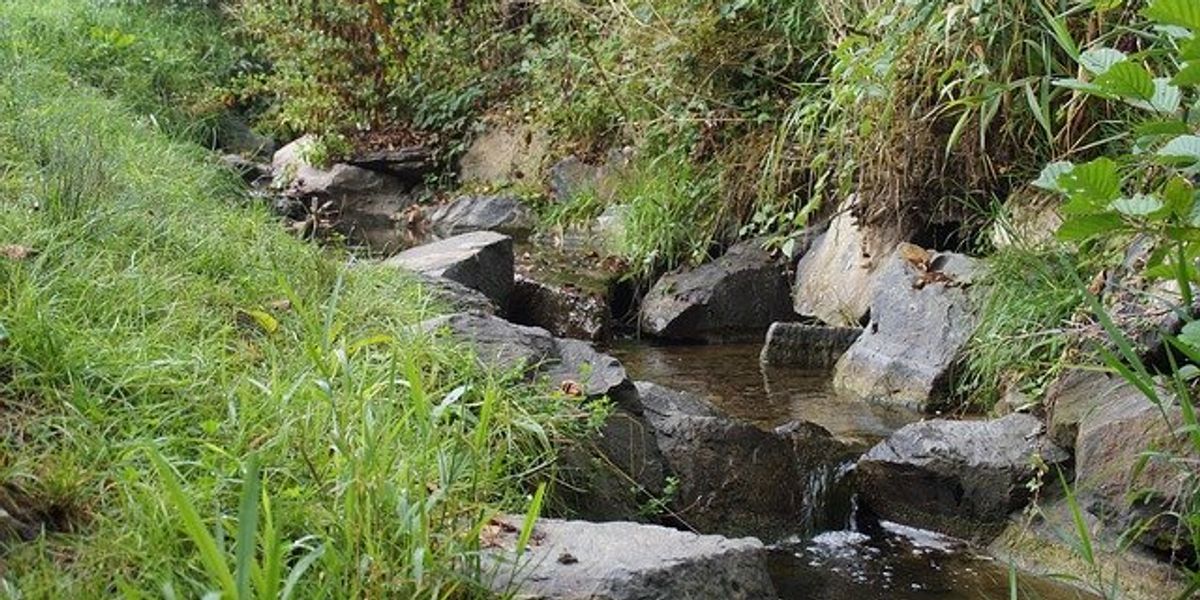
Soil tests reveal toxic metals lingering in L.A. burn zones after government cleanup
After federal agencies declined to test soil for toxic substances following the devastating Eaton and Palisades fires, Los Angeles Times reporters conducted independent testing and found alarming levels of contamination on properties across Los Angeles County.
Tony Briscoe, Noah Haggerty and Hayley Smith report for the Los Angeles Times.
In short:
- Soil testing revealed hazardous levels of arsenic, lead, and mercury on multiple properties previously cleared by federal disaster crews, with some sites exceeding California’s residential safety standards by more than three times.
- The Federal Emergency Management Agency and the Army Corps of Engineers removed debris and scraped topsoil but did not conduct soil sampling, leaving thousands of homeowners unaware of possible contamination.
- Health risks from the metals include neurological damage in children, cancer, and respiratory and kidney harm, with experts warning that homeowners now bear the burden of costly testing and remediation.
Key quote:
“Without effective hazard communication, you don’t give people the option to make good choices. It’s beyond wrong. It’s immoral.”
— Jane Williams, executive director of California Communities Against Toxics
Why this matters:
Soil contamination after wildfires is a growing public health and environmental concern, especially as climate change intensifies the frequency and severity of these disasters. Toxic substances like lead, arsenic, and mercury can remain in soil long after fires, posing risks not only to current residents but also to future generations who may unknowingly be exposed. The legacy of older construction materials — such as lead-based paint and arsenic-treated wood — compounds the danger.
The absence of mandatory post-fire soil testing places the onus on homeowners to detect and address contamination, often at great personal expense. This privatization of environmental health responsibilities reflects broader patterns of environmental injustice, where lower-income and underinsured residents are left to face disproportionate health risks. As more wildfires consume older housing stock across California and the nation, unchecked soil pollution could quietly undermine recovery efforts and long-term community health.
Read more: EPA's wildfire debris cleanup plan sparks backlash in Los Angeles













